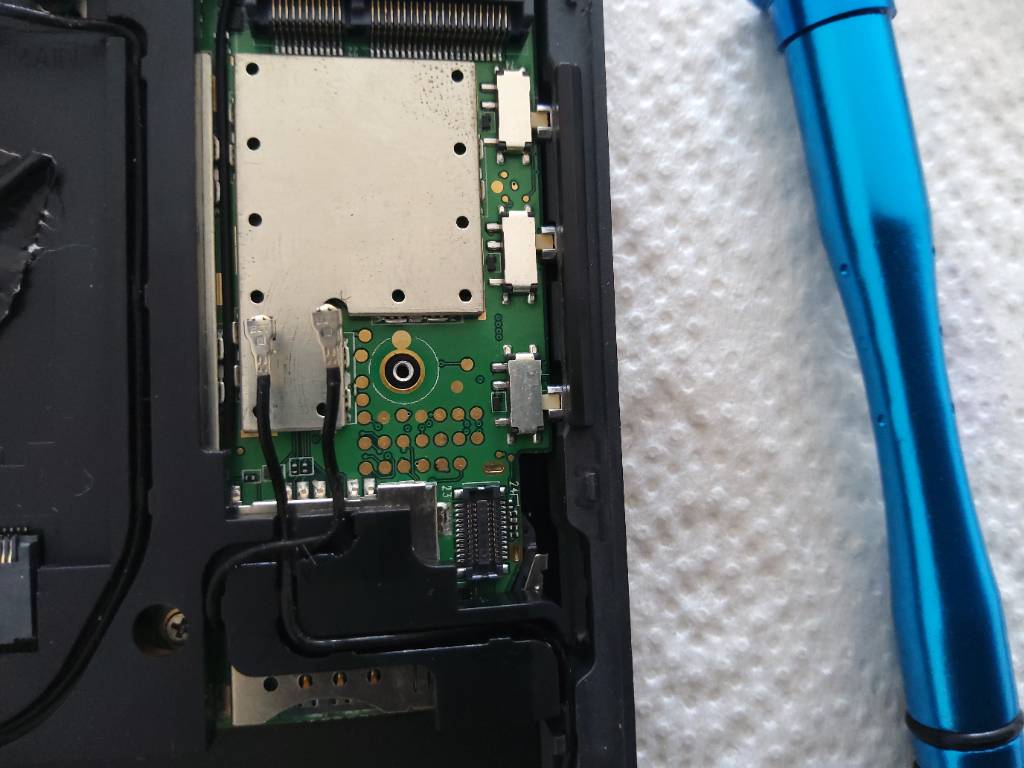Well, o.k. there’s a blog post not mentioned in docs.puri.sm.
When I removed the frame I found the little ‘pin’ marked in the picture lying on the pcb:
Any idea where that belongs? It hasn’t been fixed or connected anywhere, it was rolling on the pcb.
I got this far that I can see the switches.
Any chance I can take a measure of the camera switch already on this side of the pcb? Would I break something if I’d use a common multimeter to test whether the switches pins do have connection?

